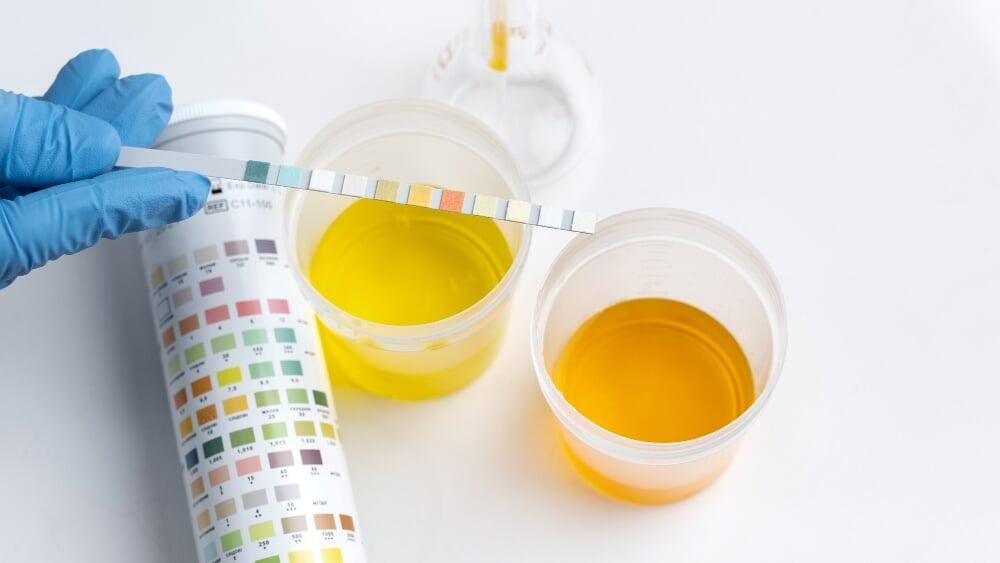What is 9 Panel Drug Test?

9 panel drug test is one of the popular drug tests used by employers in the USA to determine if a potential employee should be hired or not. It is also used in sports to test if athletes and players use banned substances. Due to the range of substances it checks, it is preferred by both employers and sports associations.
An employer requires drug screening services to make sure the employees feel safe at the workplace and are away from the violent reactions that a drug user can express. Additionally, a drug-free employee is more productive and efficient than the ones that do drugs. Most states in the USA require the employers to compulsorily do a background check before hiring.
When a person consumes a drug or such substances, its byproducts are released through the urine. Such byproducts are called metabolites. By identifying the metabolites, drugs are tested using the urine. As urine is released multiple times everyday, urine tests do not go back long. While hair drug tests can check for drug usage for months before the day of the test.
Basically, it is same as a 5 panel or a 7 panel drug test with the only difference being the number of drug substances tested.
What does a Standard 9 Panel Drug Screen test for?
- Marijuana (THC)
- Cocaine (COC)
- Opiates (OPI)
- Amphetamines (AMP)
- Phencyclidine (PCP)
- Barbiturates
- Benzodiazepines
- Methadone
- Propoxyphene
1. Marijuana (THC)
2. Cocaine (COC)
3. Opiates (OPI)
4. Amphetamines (AMP)
5. Phencyclidine (PCP)
6. Barbiturates
7. Benzodiazepines
8. Methadone
Methadone is a kind of pain-relieving drug that falls under the category of drug substances called opioids. Opioids refer to all the natural, semisynthetic, and synthetic opioids while opiates which are described above are natural.
Methadone is used to treat patients with extreme pain and as part of treatment for heroin addiction. Methadone is a relatively less dangerous narcotics than many other on the list, however, it can still cause serious addiction. Because of its low risk to addiction, it is often used for treating addiction to other substances.
9. Propoxyphene
Propoxyphene, like Methadone, falls under the category of opioids used medically for the purpose of pain relieving. Many recent reports have shown many adverse effects of using Propoxyphene even in prescribed amounts.
It has been seen to have more negative impacts even in limited consumption. Using Propoxyphene carries high risk of heart attack and respiratory issues even when used in small amounts.
Custom 9 Panel Drug Testing
Testing for 9 drug substances is uncommon in pre-employment drug testing. Only specific sectors and situations require such testing. The standard 9 panel test incorporates basic and some rare drug substances, however for special circumstances, a custom test can be selected.
How is a 9 Panel Drug Testing Done?
Most common methods for 9 panel drug testing is urine test. However, depending on the severity of the job and situation, hair or blood tests can be used as well.
Urine test is able to find out drug usage up to 7 days prior to the testing. Hair test can show positive for drug usage up to 90 days of the testing, while blood test can show drug usage for 3-4 days prior.
9 Panel Drug Testing with Background Partners
The 9 Panel or higher panel test are used for many purposes other than just employee screening like in military, sports, etc. We, Background Partners, focus mainly on pre-employment drug screening, however we offer our expertise for all drug testing purposes.
Book an appointment to discuss our drug screening services.

